Space Food Evolution: How Astronaut Chow Has Changed (Photos)
Mercury and Gemini Food (1961 - 1966)
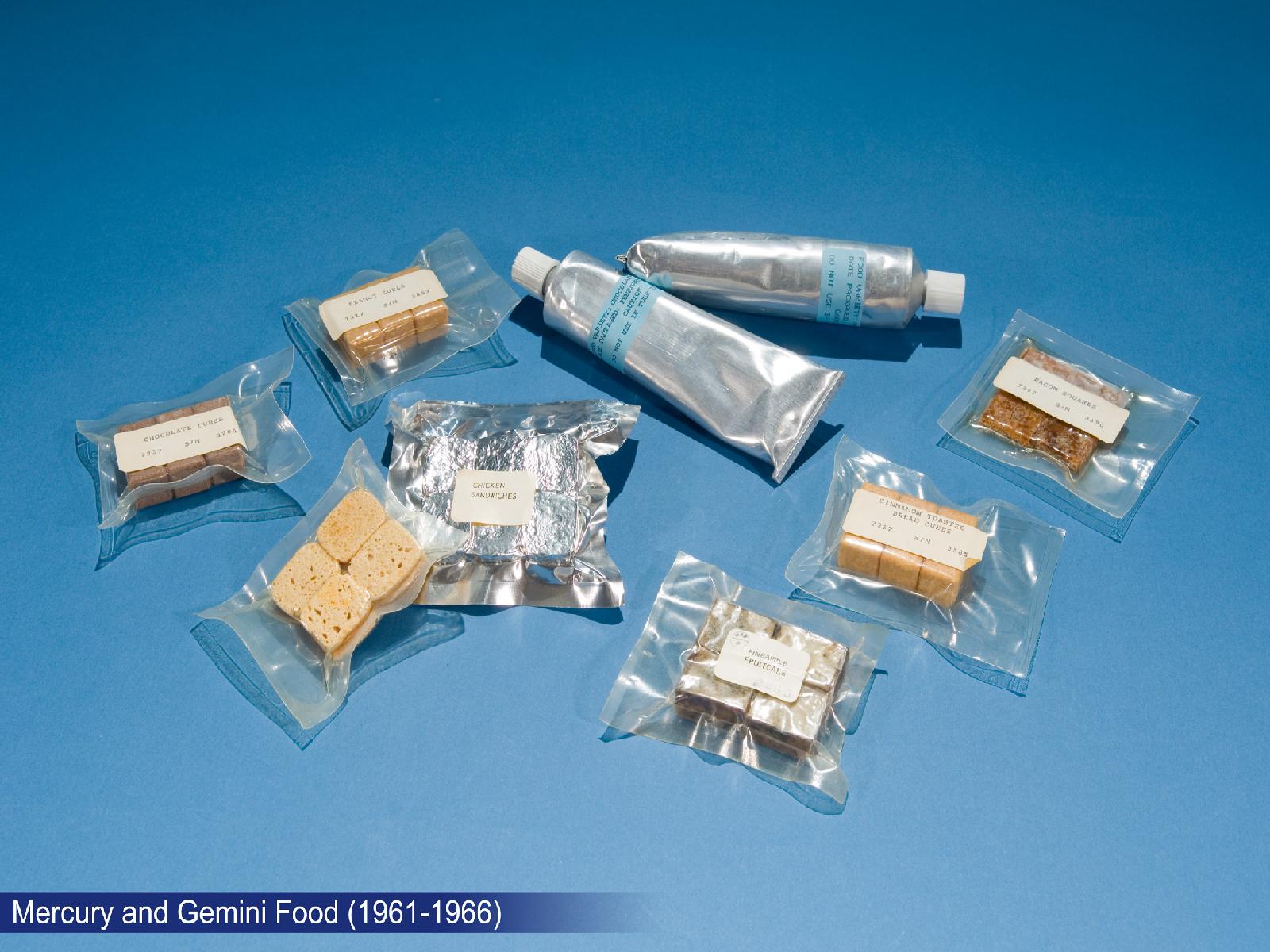
Space food has changed in the more than 50 years of human spaceflight. But astronauts still need to eat. Take a tour of how astronaut chow has evolved here.
Above is a look at NASA's first take on space food designed for the Mercury and Gemini missions between 1961 and 1966.
Apollo Program Food (1968 - 1972)
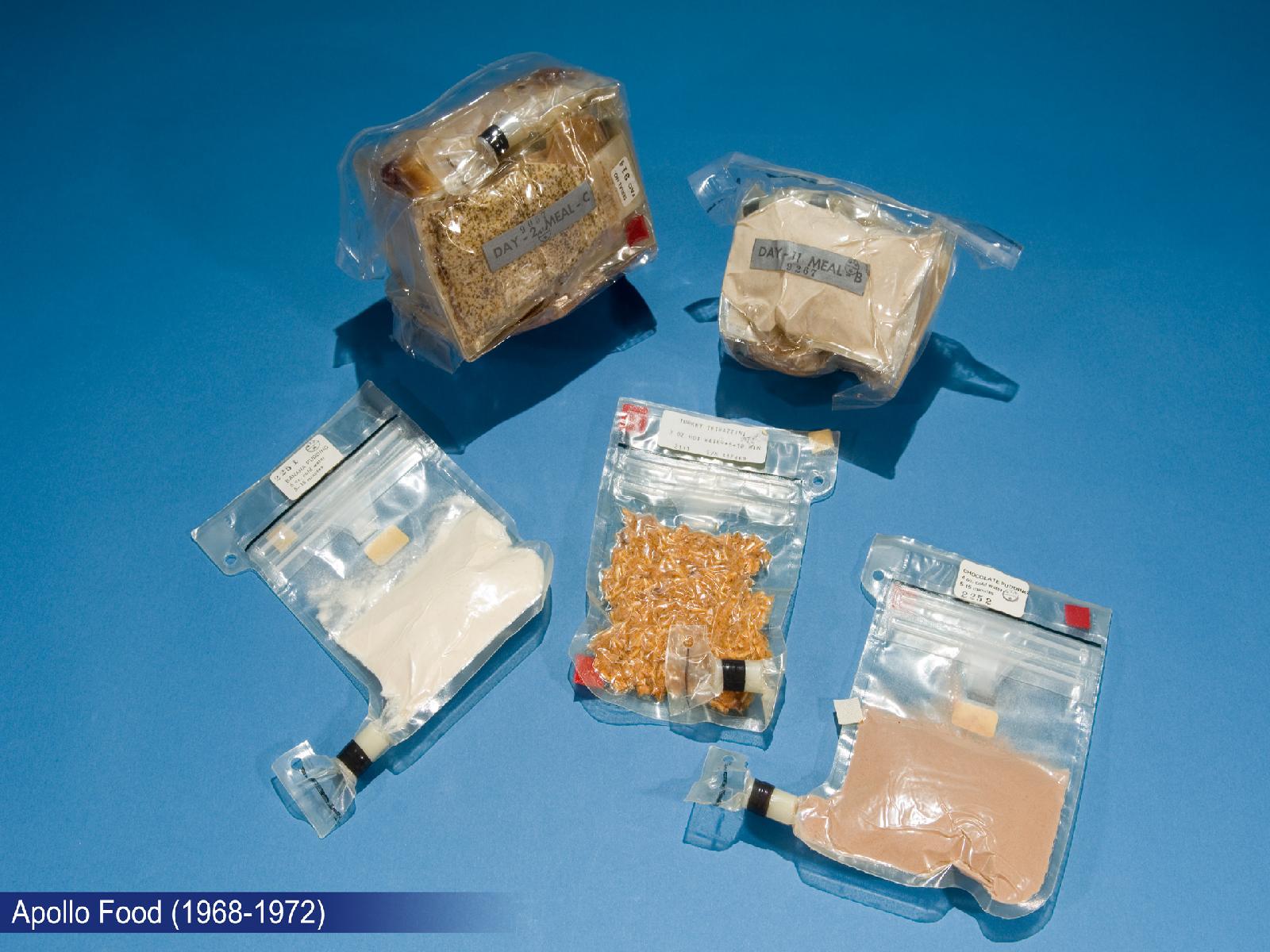
This image shows food from the Apollo Program during the years 1968 to 1972.
Skylab Food and Tray (1973 - 1974)
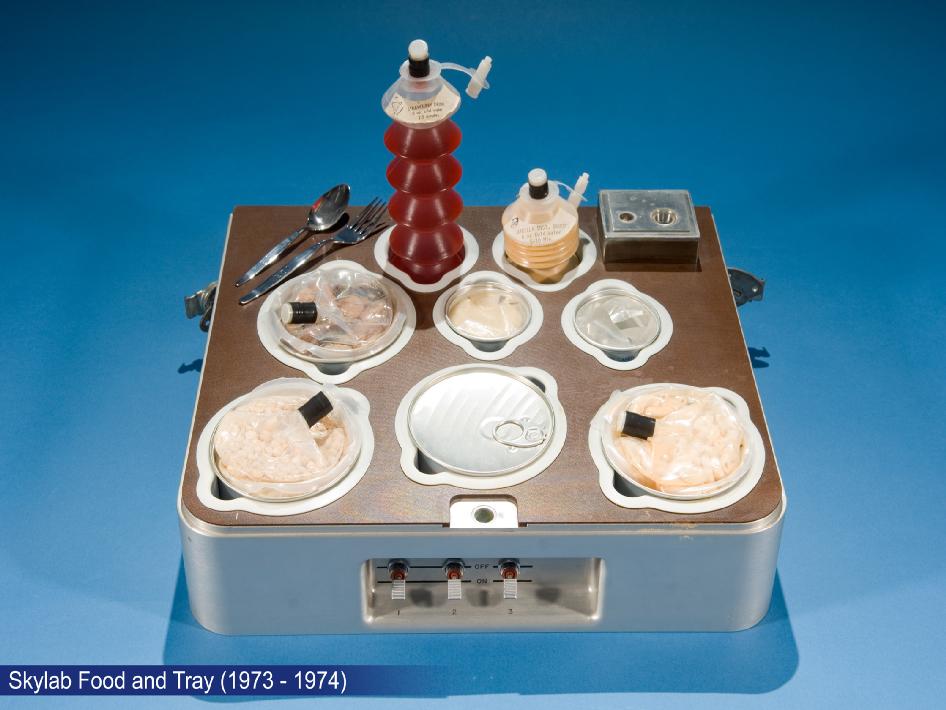
This image shows food and tray used aboard Skylab Space Station from 1973 to 1974.
Shuttle Food Tray
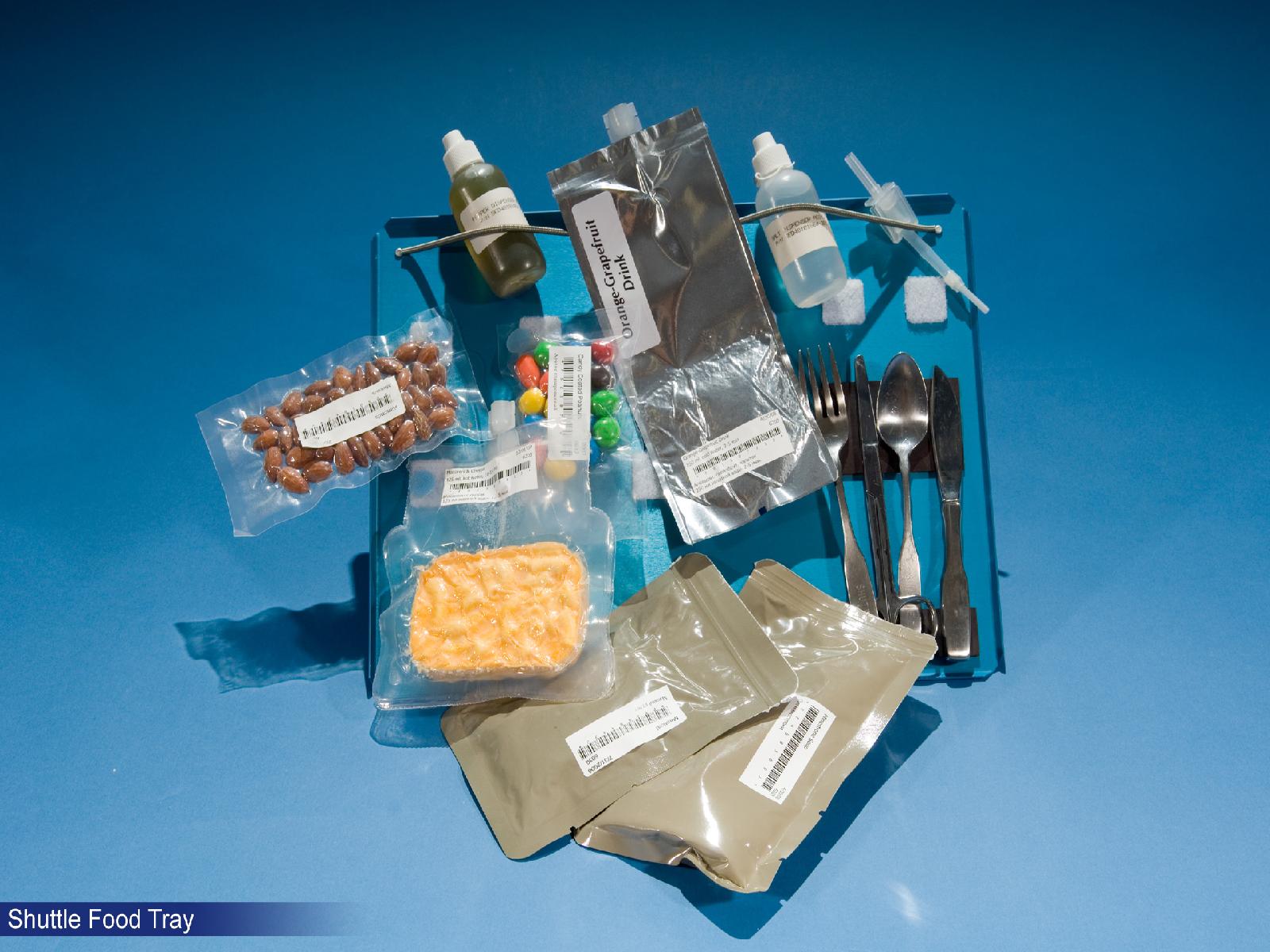
This food tray was designed for use aboard the space shuttle.
International Space Station Food Container
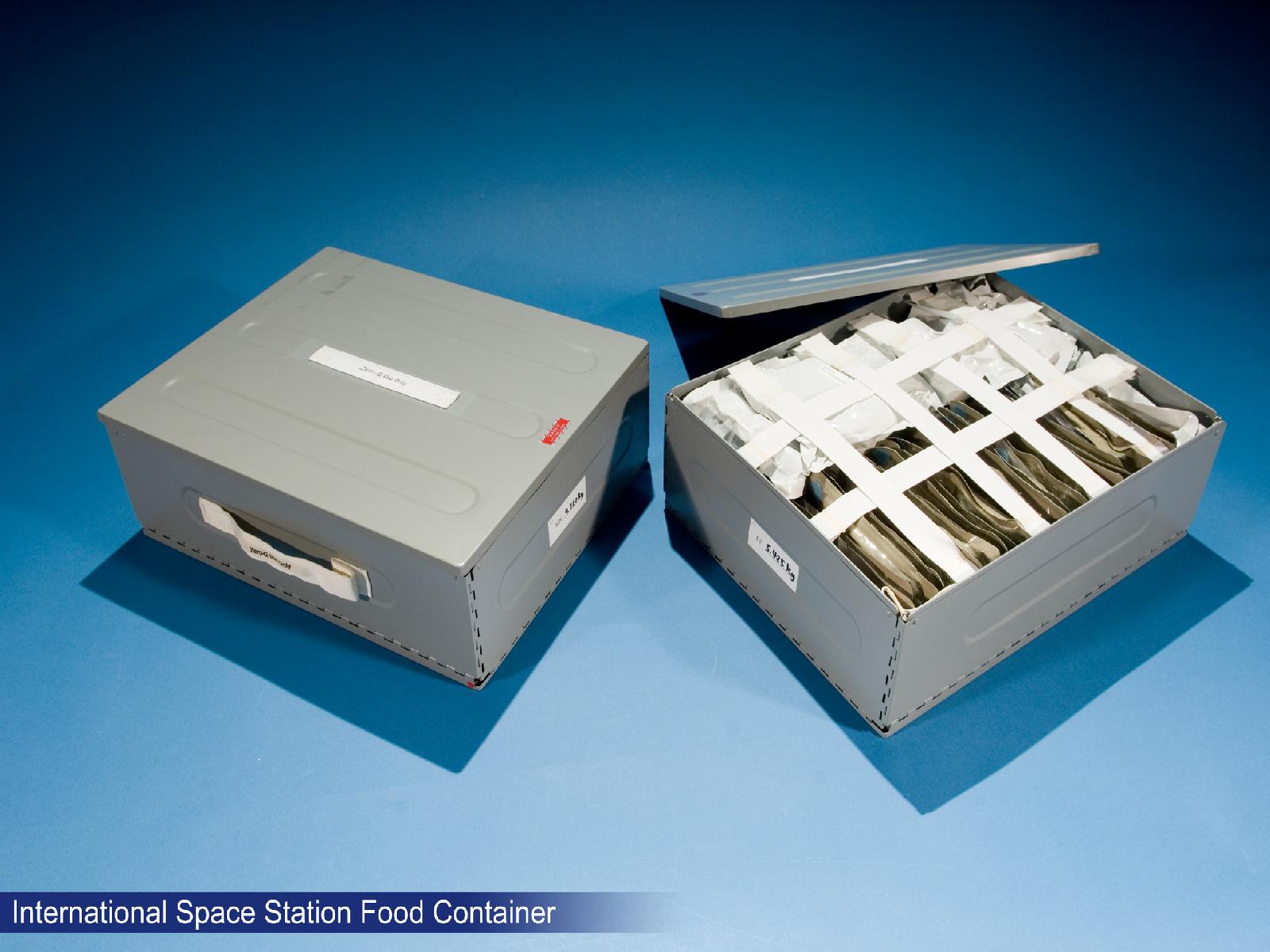
Food container for use aboard the International Space Station. Food not only provides nutrition for astronauts, but also enhances the psychological well-being of the crew by establishing a familiar element in an unfamiliar and hostile environment.
Beverages for Space Travel
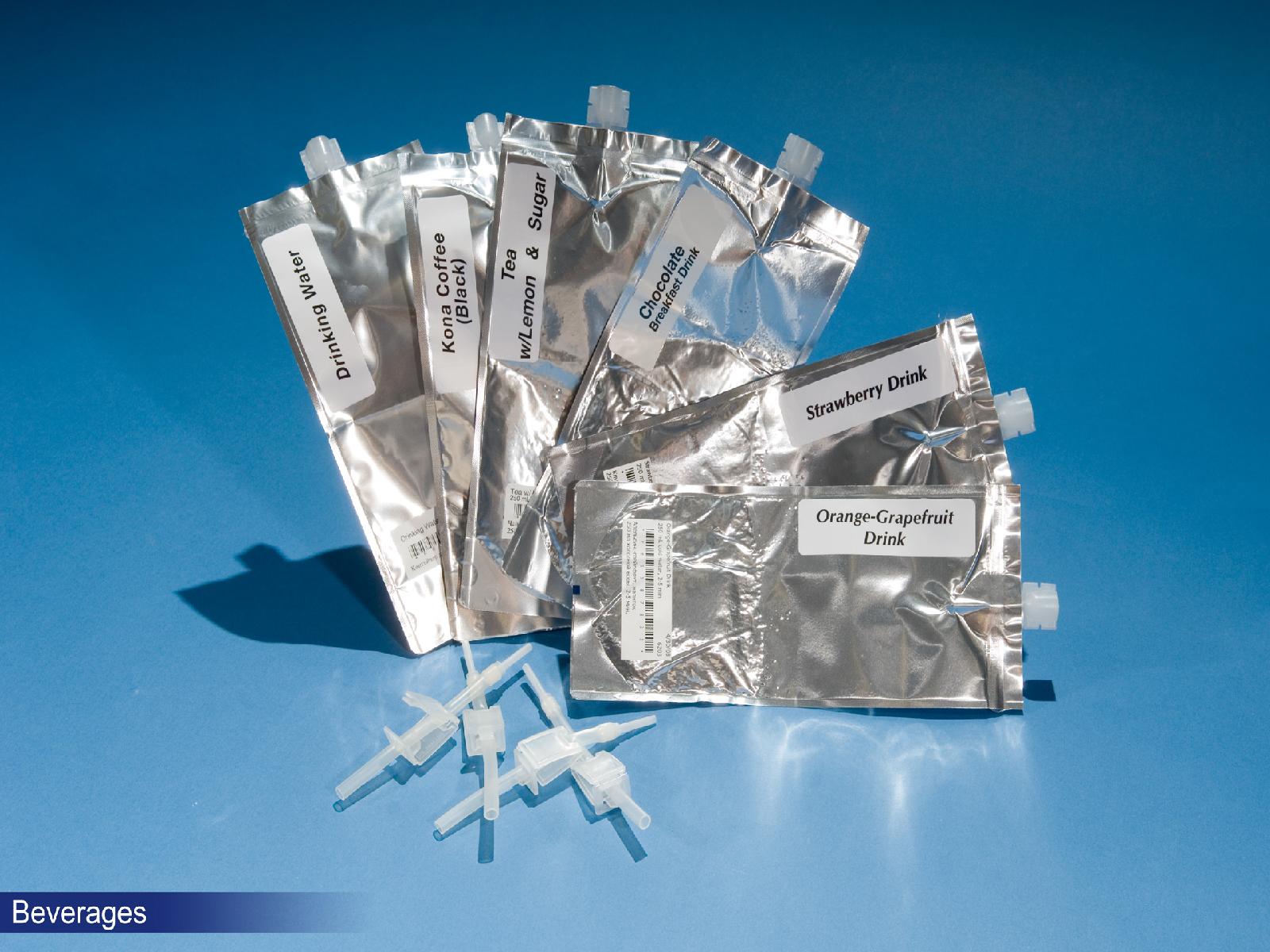
Beverages designed for International Space Station crew.
Thermostabilized Foods
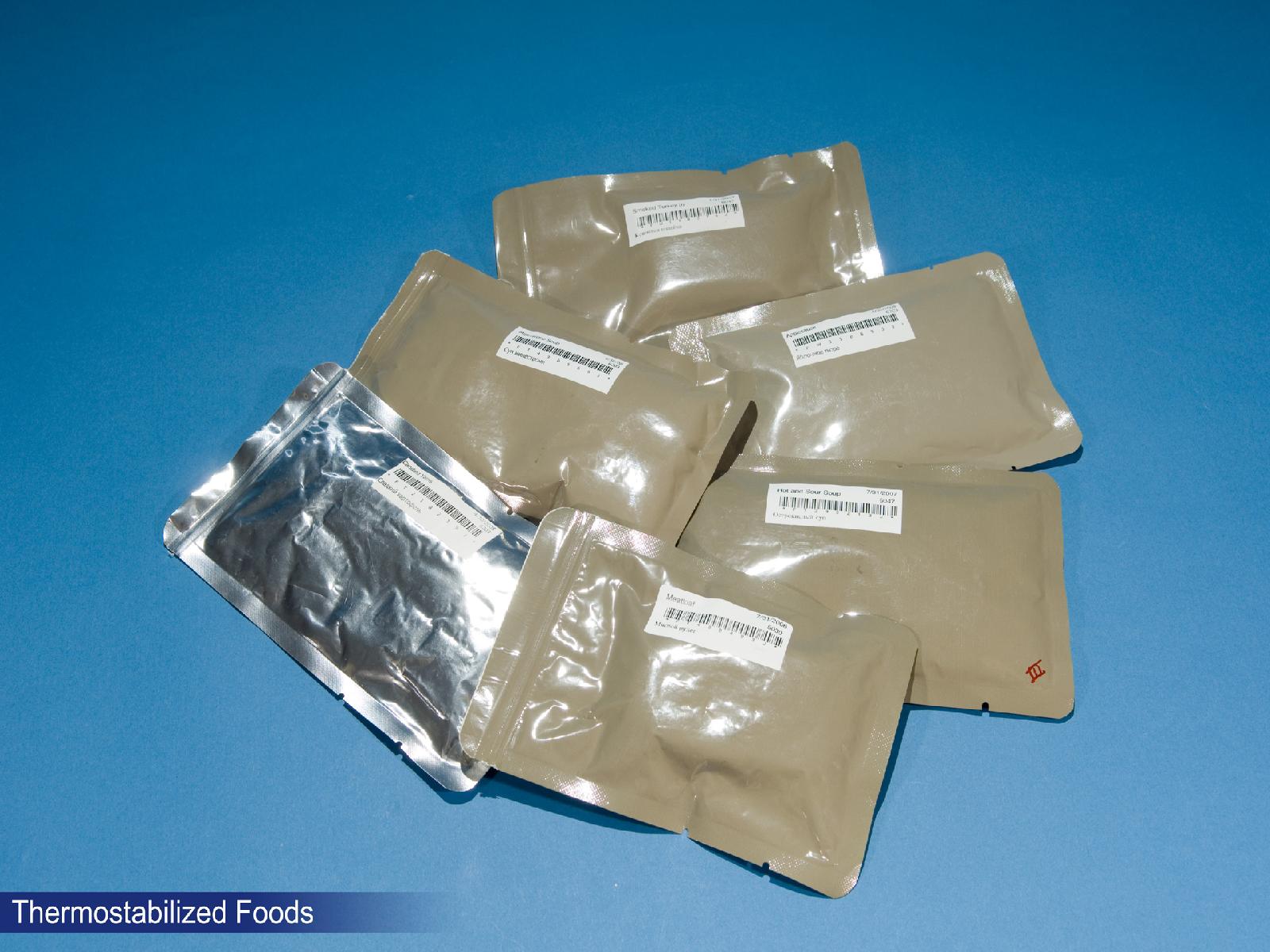
Thermostabilized foods for use in space.
Get the Space.com Newsletter
Breaking space news, the latest updates on rocket launches, skywatching events and more!
Natural Form Foods and Condiments
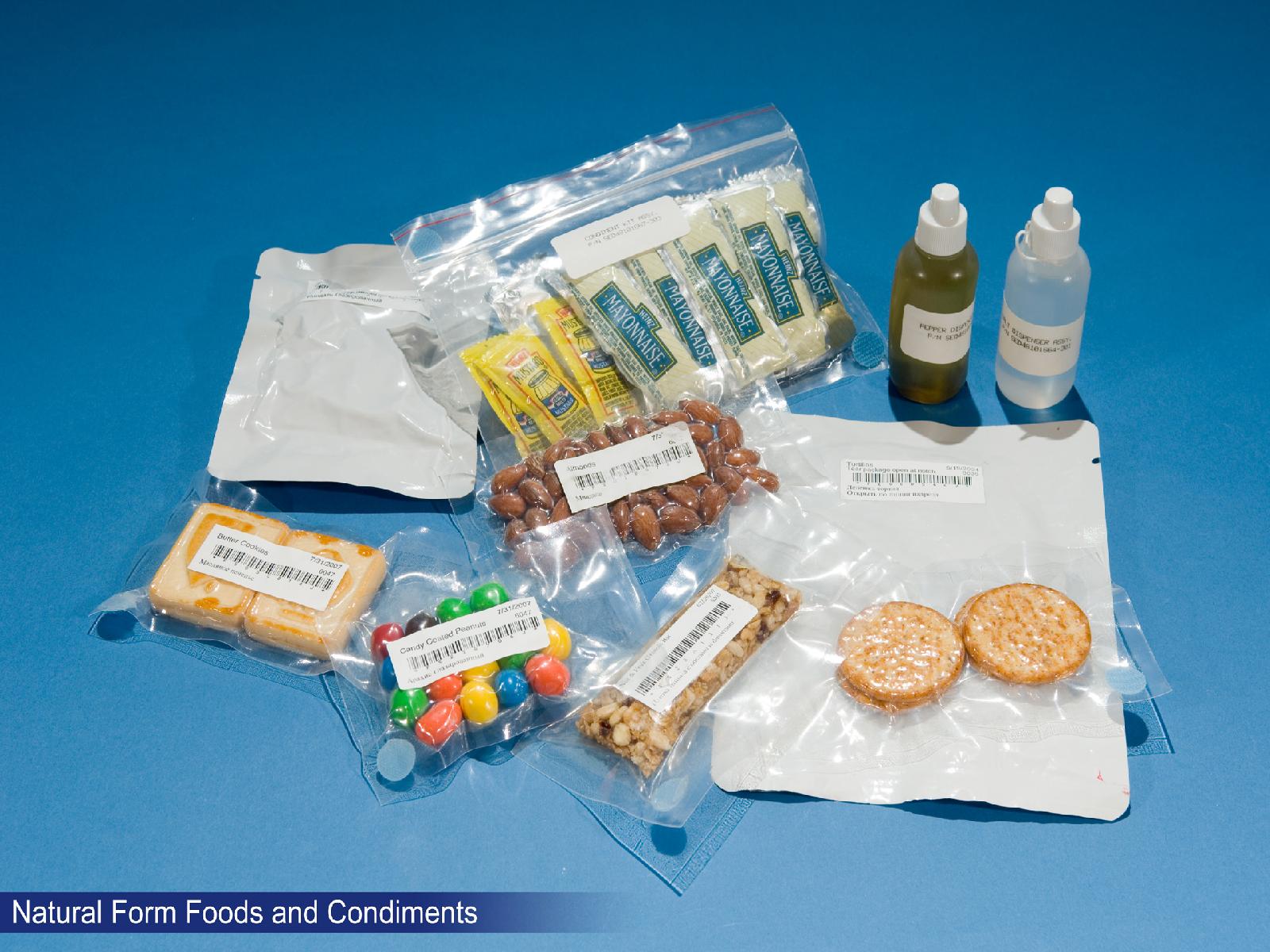
Natural form foods and condiments packaged for consumption in space.
STS-124 Food Session
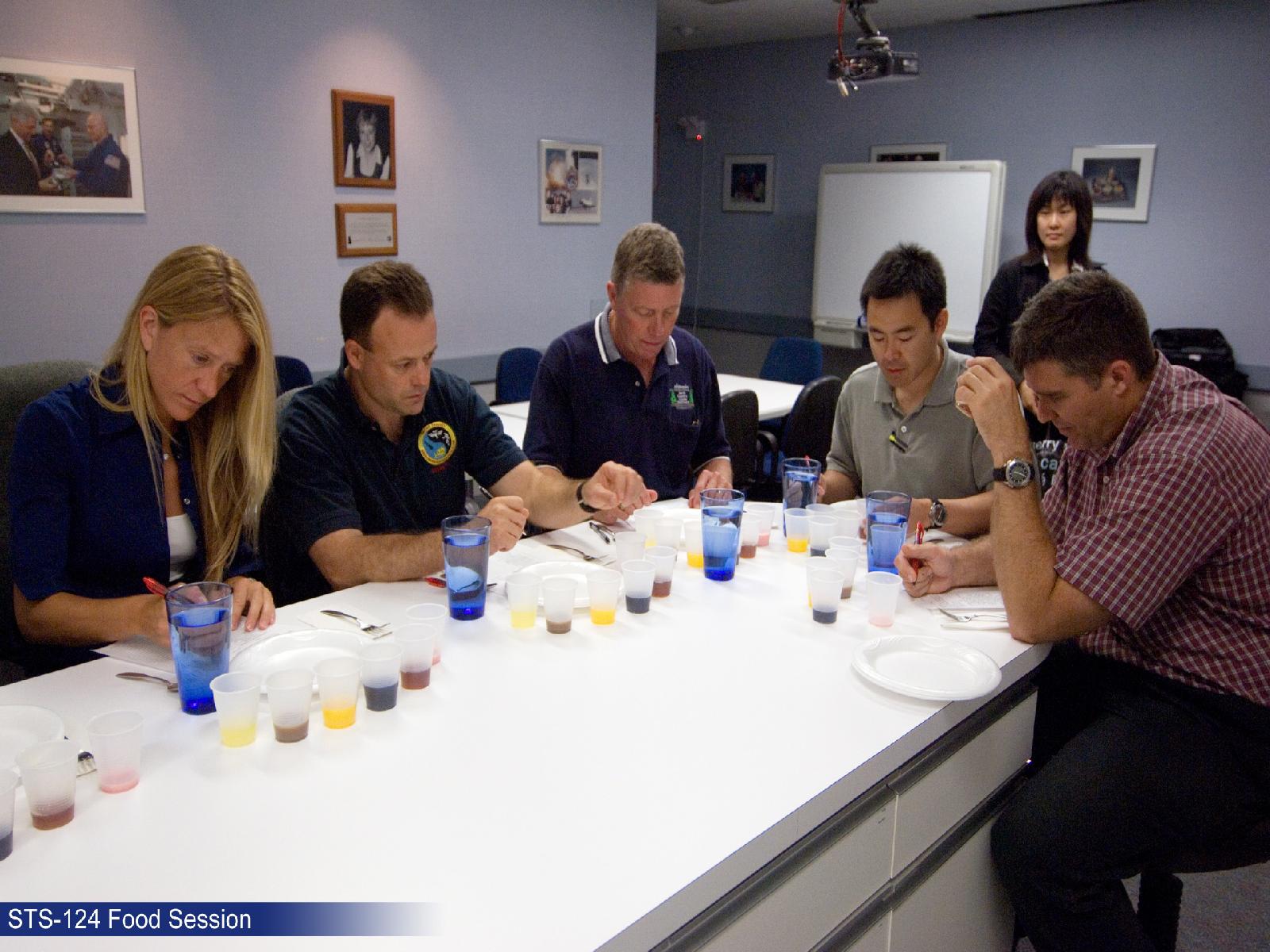
The crew of NASA's STS-124 space shuttle mission conducts a vital taste-test of space food before setting their cosmic menus for their mission to the International Space Station.
STS-110 Crew Eating on Board ISS
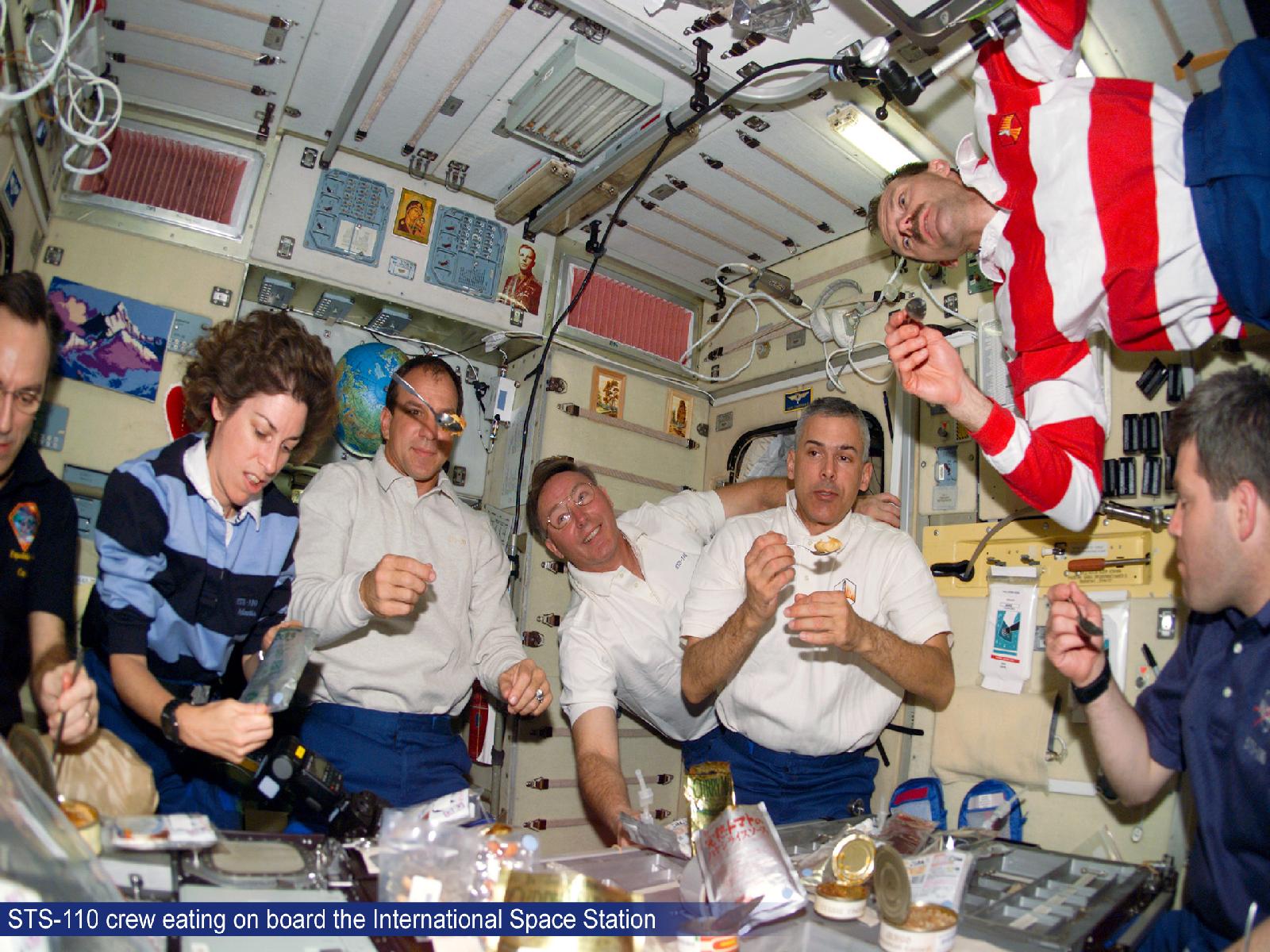
This image shows STS-110 crew eating on board the international Space Station. Because vitamin degradation occurs with heat processing, oxidation, and light exposure, it is likely that the commercially sterile foods of the space program have reduced nutrient profiles at the time they are consumed.
Placing Vegetables into Freeze Drier
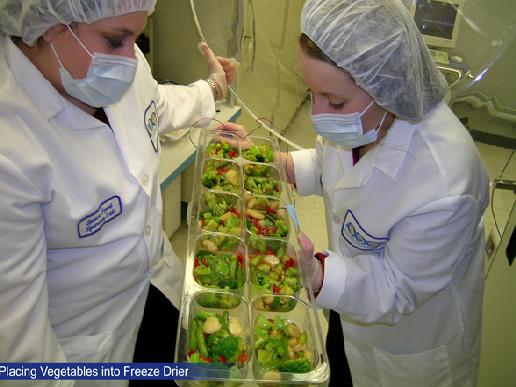
This image shows staff placing vegetables into a freeze drier. Exploration food systems require low mass, high quality, and long shelf life. Packaging failures, excess material, or oxygen trapped within the package can be detrimental to this system.
Join our Space Forums to keep talking space on the latest missions, night sky and more! And if you have a news tip, correction or comment, let us know at: community@space.com.

Space.com is the premier source of space exploration, innovation and astronomy news, chronicling (and celebrating) humanity's ongoing expansion across the final frontier. Originally founded in 1999, Space.com is, and always has been, the passion of writers and editors who are space fans and also trained journalists. Our current news team consists of Editor-in-Chief Tariq Malik; Editor Hanneke Weitering, Senior Space Writer Mike Wall; Senior Writer Meghan Bartels; Senior Writer Chelsea Gohd, Senior Writer Tereza Pultarova and Staff Writer Alexander Cox, focusing on e-commerce. Senior Producer Steve Spaleta oversees our space videos, with Diana Whitcroft as our Social Media Editor.









